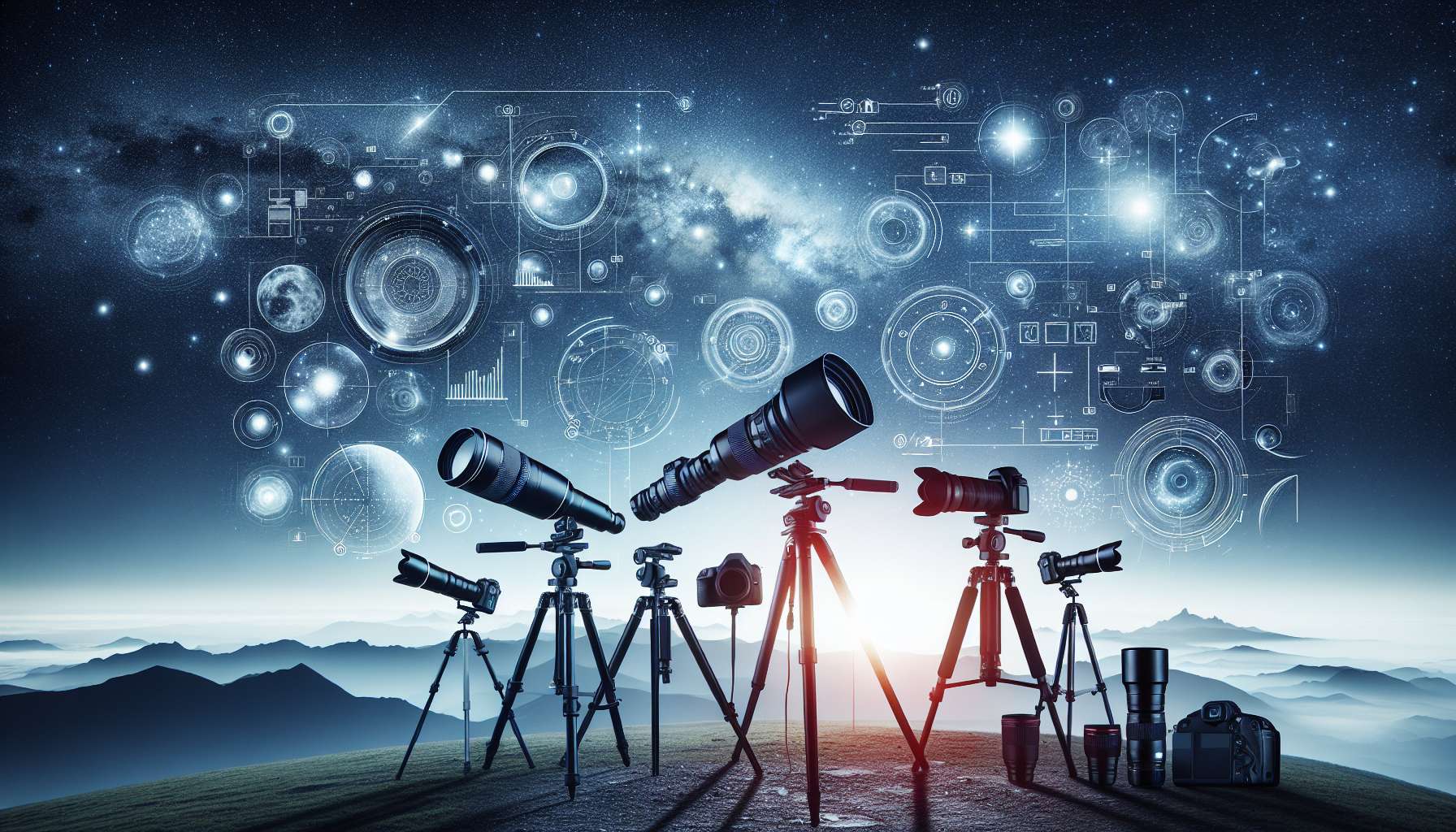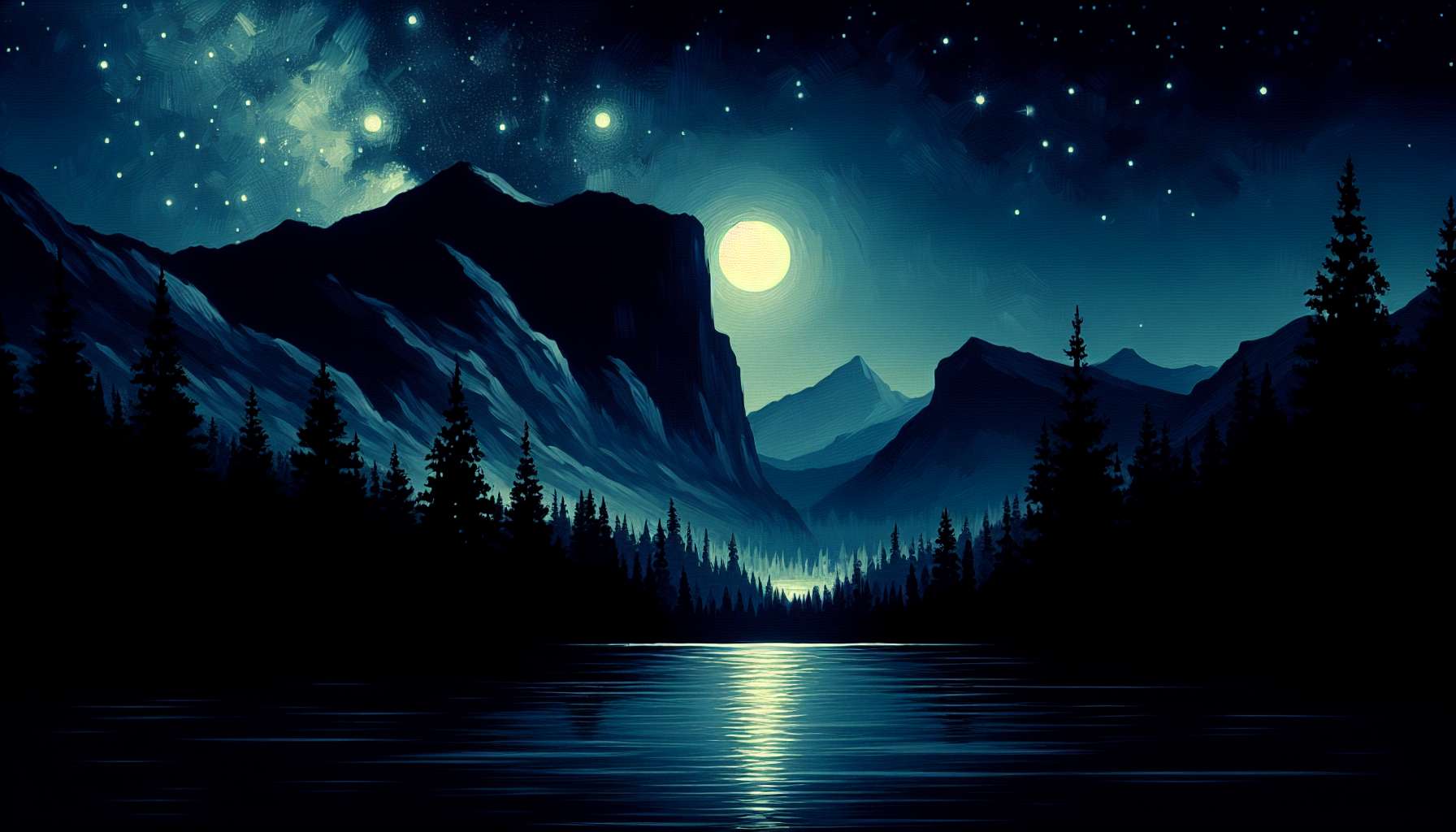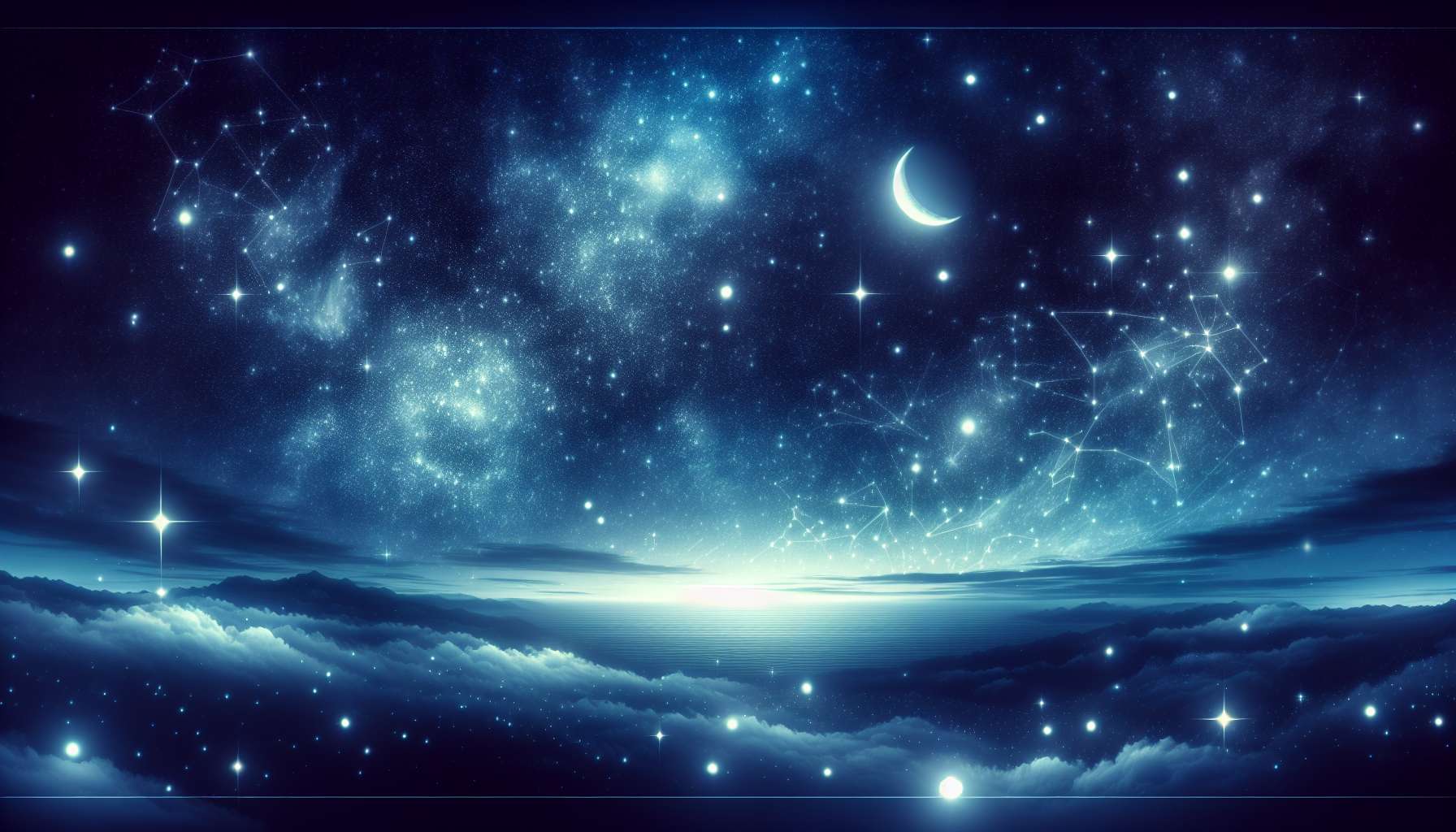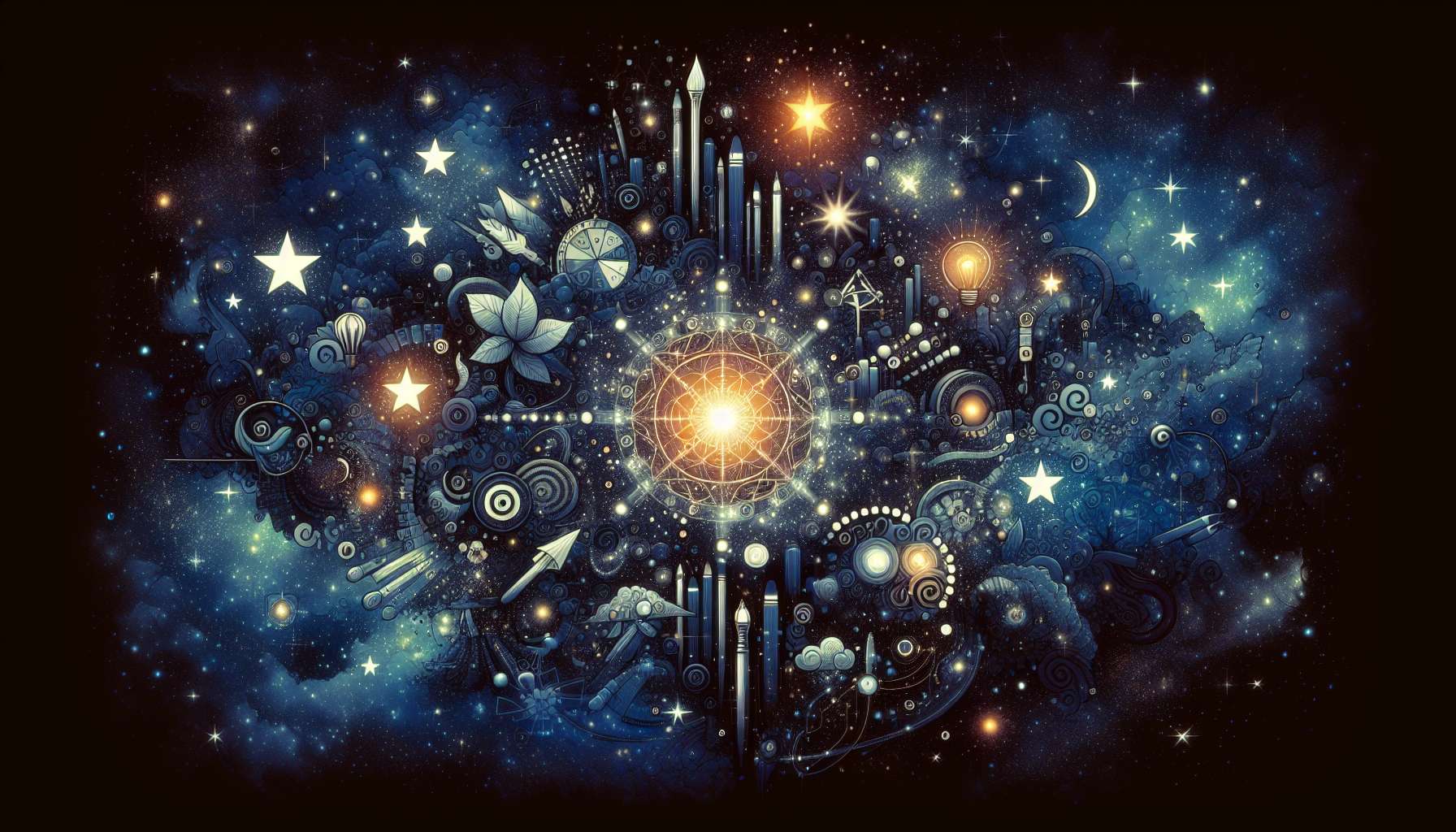Celestial Photography Techniques: Capturing the Beauty of the Universe
Have you ever gazed up at the night sky, mesmerized by the twinkling stars and mysterious planets? The universe is a vast and wondrous place, filled with beauty and intrigue. Celestial photography allows us to capture these awe-inspiring moments and bring them closer to home. In this article, we will explore the fascinating world of celestial photography techniques, from capturing the perfect star trails to photographing the elusive auroras. Let’s delve into the art and science of capturing the beauty of the universe through the lens of a camera.
The Basics of Celestial Photography
Celestial photography, also known as astrophotography, is the art of capturing images of astronomical objects and celestial events. From capturing the moon in all its glory to photographing distant galaxies millions of light-years away, celestial photography opens up a world of possibilities for photographers. To get started with celestial photography, you will need a camera with manual settings, a sturdy tripod, and a remote shutter release to prevent camera shake. It’s also essential to find a dark location away from city lights to minimize light pollution and enhance the visibility of celestial objects.

Capturing Star Trails
One of the most popular celestial photography techniques is capturing star trails. Star trails are created by leaving the camera’s shutter open for an extended period, allowing the Earth’s rotation to create mesmerizing streaks of light in the night sky. To capture star trails, set your camera to manual mode, choose a wide-angle lens, and set a long exposure time of 20-30 seconds. Point your camera towards the North Star (Polaris) in the Northern Hemisphere or the South Celestial Pole in the Southern Hemisphere to create circular star trails. Experiment with different exposure times and compositions to create captivating star trail images.
Photographing the Milky Way
Photographing the Milky Way, our home galaxy, is a dream for many celestial photographers. To capture the Milky Way, find a dark location with minimal light pollution, preferably on a moonless night. Use a wide-angle lens with a large aperture (f/2.8 or wider) to gather more light and capture the Milky Way’s intricate details. Set your camera to manual mode, focus on infinity, and use a long exposure time of 15-30 seconds. Experiment with different ISO settings to find the perfect balance between exposure and noise levels. With patience and practice, you can capture stunning images of the Milky Way stretching across the night sky.
Photographing Lunar Eclipses
Lunar eclipses, where the Earth’s shadow partially or completely covers the moon, are rare and magical celestial events. To photograph a lunar eclipse, use a telephoto lens to capture the moon’s phases and the shadow of the Earth creeping across its surface. Set your camera to manual mode, focus on the moon, and use a longer exposure time to capture the moon’s details during the eclipse. Experiment with different compositions and exposures to create dramatic images of the lunar eclipse. Don’t forget to bring a tripod to keep your camera steady during the long exposures required for lunar eclipse photography.
Photographing the Northern Lights
The Northern Lights, also known as the Aurora Borealis, are a breathtaking natural phenomenon that paints the night sky with vibrant colors. To photograph the Northern Lights, find a dark location away from city lights with a clear view of the northern horizon. Use a wide-angle lens with a large aperture to capture the expansive auroral display. Set your camera to manual mode, focus on infinity, and use a long exposure time to capture the movement and colors of the Northern Lights. Experiment with different white balance settings to enhance the colors of the aurora and create stunning images of this celestial spectacle.
Post-Processing Techniques
After capturing celestial images, post-processing techniques can enhance the beauty and clarity of your photos. Use software like Adobe Lightroom or Photoshop to adjust the exposure, contrast, and colors of your images. Experiment with noise reduction tools to minimize digital noise in low-light astrophotography. Consider stacking multiple images of the same celestial object to reduce noise and enhance details. With post-processing techniques, you can bring out the full potential of your celestial photography and create stunning images that showcase the beauty of the universe.
Expert Opinions
Renowned astrophotographer and educator, Dr. Tyler Nordgren, emphasizes the importance of patience and perseverance in celestial photography. He advises aspiring celestial photographers to experiment with different techniques, learn from their mistakes, and never give up on capturing the beauty of the universe through their lens. According to Dr. Nordgren, celestial photography is a blend of art and science that requires dedication and passion to master.
Common Misconceptions
One common misconception about celestial photography is that expensive equipment is necessary to capture stunning images of the night sky. While high-end cameras and lenses can enhance the quality of your photos, beginners can start with a basic DSLR camera and a kit lens to practice celestial photography. With practice, patience, and dedication, photographers can capture compelling celestial images using affordable equipment and simple techniques.
Conclusion
To wrap things up, celestial photography offers a unique opportunity to capture the beauty and mystery of the universe through the lens of a camera. From capturing star trails and the Milky Way to photographing lunar eclipses and the Northern Lights, celestial photography techniques allow us to explore the wonders of the cosmos from our own backyard. By mastering the basics of celestial photography, experimenting with different techniques, and embracing the challenges of low-light photography, photographers can create stunning images that showcase the grandeur of the universe. So grab your camera, head outside on a clear night, and let the magic of celestial photography inspire your creativity and curiosity.




